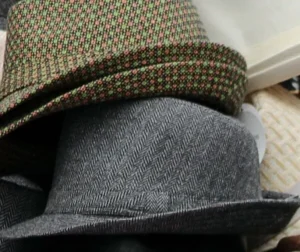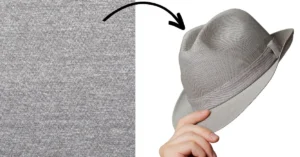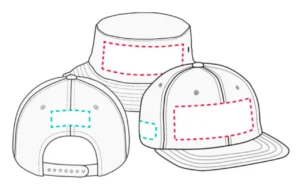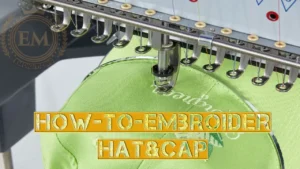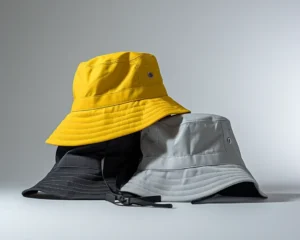When you think about a hat, often the focus is on the crown — the shape, the fabric, or the design. But have you ever stopped to consider what your hat’s brim is made of? The material used for hat brims isn’t just about aesthetics; it shapes the hat’s durability, comfort, and performance. Choosing the right brim material can make or break the hat’s functionality, from blocking harsh sunlight to maintaining shape during rough wear.
In summary, hat brims are commonly made from materials like plastic, straw, felt, leather, and foam, each offering distinct benefits such as rigidity, flexibility, weather resistance, or breathability. The choice depends heavily on the hat style, intended use, and user preferences.
Imagine you’re on a sunny hiking trail or at a bustling music festival. Your hat’s brim not only shades your eyes but also withstands the elements and lasts for years. Let’s dive into the materials behind hat brims and discover how they impact your everyday wear—and why this small part of the hat deserves big attention.
1. What Are the Most Common Materials Used for Hat Brims?
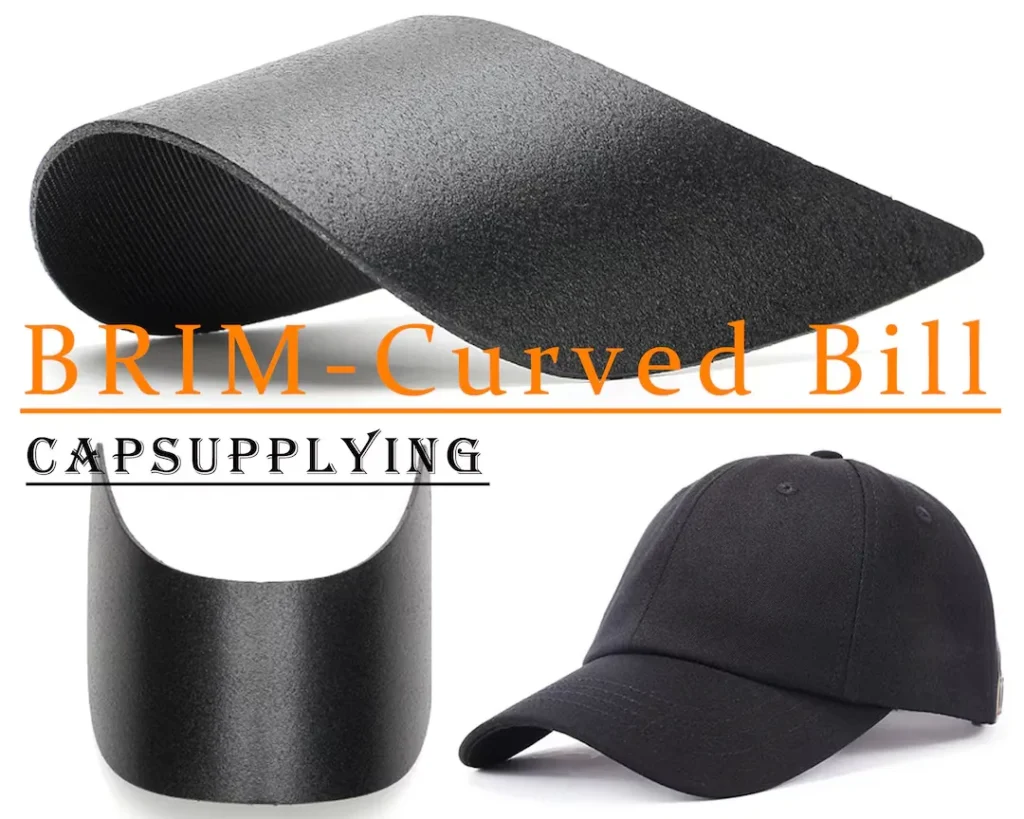
Hat brims are typically made from plastic, straw, felt, leather, and foam, each providing unique benefits for style and function.
- Plastic: Widely used for baseball caps and snapbacks, plastic brims are lightweight, durable, and flexible. They offer excellent shape retention and are often covered with fabric for a finished look. However, plastic can feel less breathable and may not be eco-friendly.
- Straw: Popular in sun hats and fedoras, straw brims offer natural breathability and a classic aesthetic. Materials like raffia, toquilla, or wheat straw provide lightweight sun protection but may lack water resistance and durability.
- Felt: Felt brims, often wool or synthetic blends, are common in dress hats like fedoras or trilbies. Felt offers a soft yet sturdy structure, great for cooler climates. It can be molded into shapes but requires care to avoid water damage.
- Leather: For a premium and rugged look, leather brims provide durability and weather resistance. They are heavier and require maintenance but age beautifully, developing unique patinas.
- Foam: Used mostly in casual or novelty hats, foam brims prioritize lightweight comfort and flexibility but often lack long-term shape retention.
| Material | Description | Advantages | Disadvantages |
|---|---|---|---|
| Plastic | Used in baseball caps and snapbacks; often fabric-covered | Lightweight, durable, flexible, excellent shape retention | Less breathable, not eco-friendly |
| Straw | Used in sun hats and fedoras; materials like raffia, toquilla, wheat straw | Natural breathability, classic look, lightweight sun protection | Poor water resistance, less durable |
| Felt | Wool or synthetic blends; common in dress hats like fedoras, trilbies | Soft yet sturdy, moldable, good for cooler climates | Requires care, vulnerable to water damage |
| Leather | Premium look; durable and weather resistant | Highly durable, ages well with unique patina | Heavier, requires maintenance |
| Foam | Used in casual or novelty hats | Lightweight, comfortable, flexible | Poor long-term shape retention |
Each material fits different style and functional needs, from sporty to formal, casual to outdoors. Choosing the right brim material aligns with the wearer’s lifestyle and the hat’s intended use.
For custom hat brims tailored to your brand’s unique needs, Kinwin offers expert guidance and advanced material sourcing. Contact us today to explore your options.
2. How Do Different Hat Brim Materials Affect Durability and Comfort?
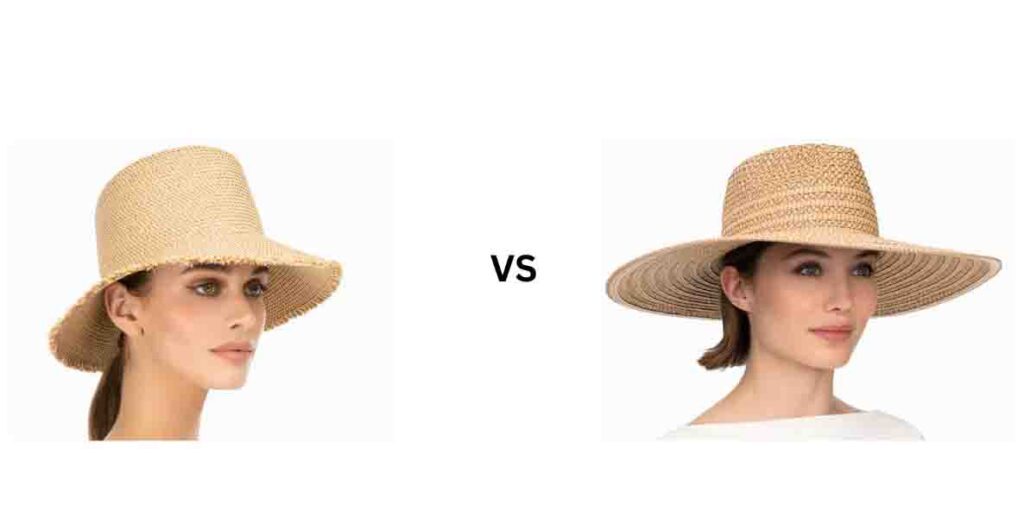
Durability and comfort vary by brim material; plastic and leather offer durability, while straw and foam prioritize comfort and breathability.
- Plastic: Extremely durable and resistant to bending or breaking, plastic brims maintain their shape well. However, they may trap heat and feel stiff, reducing comfort during long wear.
- Straw: Breathable and lightweight, straw provides excellent comfort in warm weather but is prone to cracking, fraying, and damage from moisture or rough handling.
- Felt: Offers a balance between durability and comfort, felt brims mold comfortably to the head and keep shape but can become misshapen when wet and are heavier than straw or plastic.
- Leather: Highly durable and weather-resistant, leather brims withstand rough use and last long but can be heavy and less breathable, impacting comfort especially in hot climates.
- Foam: Soft and light, foam brims are comfortable for casual use but tend to lose shape quickly and wear out faster than harder materials.
| Material | Durability Description | Comfort Description | Notes |
|---|---|---|---|
| Plastic | Extremely durable, resists bending and breaking | May trap heat, feels stiff during long wear | Maintains shape well |
| Straw | Prone to cracking, fraying, moisture damage | Very breathable and lightweight, great for warm weather | Less durable under rough conditions |
| Felt | Balanced durability, keeps shape unless wet | Molds comfortably to head, heavier than straw/plastic | Vulnerable to water damage |
| Leather | Highly durable and weather-resistant | Can be heavy and less breathable, especially in heat | Lasts long, requires maintenance |
| Foam | Less durable, loses shape quickly | Soft, light, comfortable for casual use | Wears out faster than harder materials |
Selecting a brim material involves weighing how long the hat needs to last against how comfortable it should be, especially for active or outdoor use.
Kinwin’s production expertise helps you strike the perfect balance, using top-quality materials for hats that last and feel great. Reach out for custom samples today.
3. Which Materials Are Best for Weather Resistance in Hat Brims?

Leather, plastic, and treated felt provide superior weather resistance, while straw and untreated fabrics are less durable under moisture.
- Leather: Naturally water-resistant, leather brims repel light rain and wind but require conditioning to prevent cracking in dry conditions.
- Plastic: Impervious to water, plastic brims maintain form in rain and snow but can become brittle over time when exposed to UV rays.
- Treated Felt: Wool felt treated with water-repellent coatings offers some weather protection but still absorbs moisture if exposed too long.
- Straw: Generally poor at weather resistance; straw brims absorb water, losing shape and strength quickly, making them unsuitable for rainy climates.
- Foam: Water-resistant to some degree but can degrade and lose shape with prolonged wetness.
| Material | Weather Resistance Description | Notes |
|---|---|---|
| Leather | Naturally water-resistant; repels light rain and wind | Requires conditioning to prevent cracking |
| Plastic | Impervious to water; maintains form in rain and snow | Can become brittle with prolonged UV exposure |
| Treated Felt | Wool felt with water-repellent coating; offers some protection | Still absorbs moisture if exposed too long |
| Straw | Poor weather resistance; absorbs water, loses shape and strength | Unsuitable for rainy climates |
| Foam | Some water resistance | Can degrade and lose shape if wet too long |
For outdoor hats used in varied climates, materials like leather or plastic are preferable. Additionally, innovative treatments and blends now enhance weather resistance without sacrificing comfort.
Kinwin’s factory can customize weather-resistant brim materials to meet specific environmental demands. Contact us for tailored solutions.
4. Are Sustainable and Eco-Friendly Materials Used for Hat Brims?
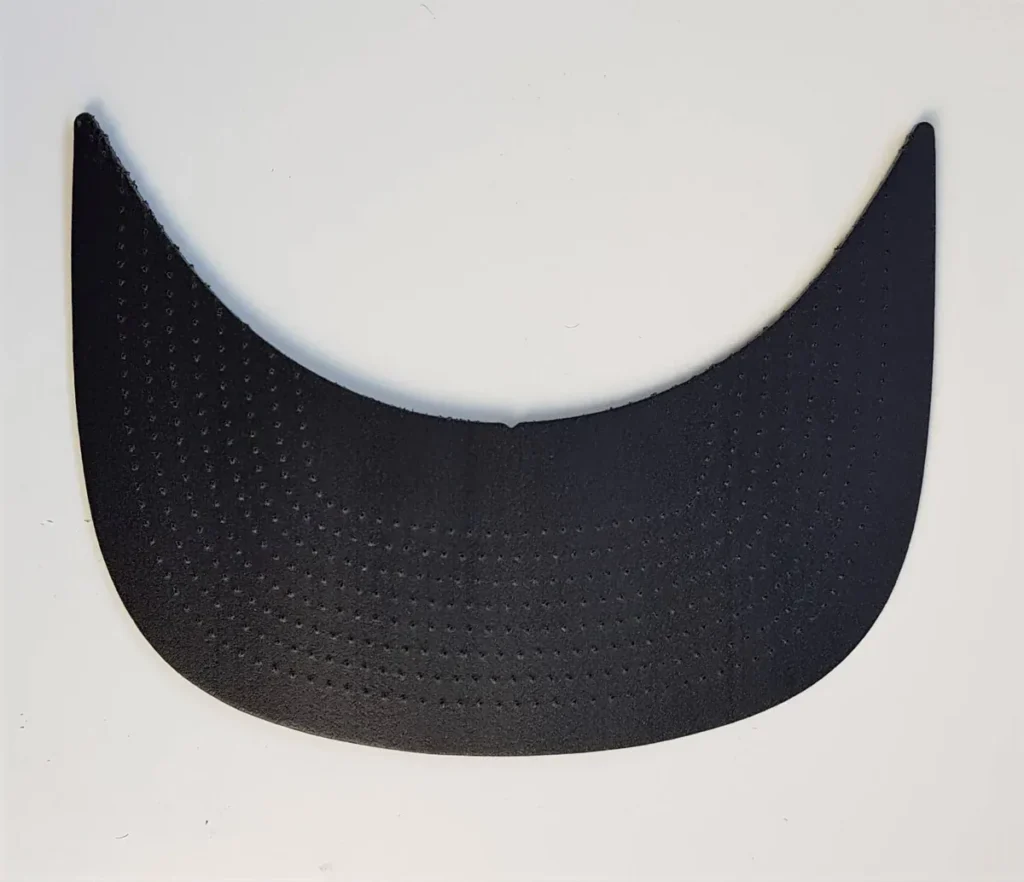
Yes, materials like organic straw, recycled plastics, and natural fibers are increasingly used to create eco-friendly hat brims.
- Organic Straw and Natural Fibers: Sourced from renewable crops like raffia, toquilla, or seagrass, these materials biodegrade naturally and have low environmental impact. They suit casual and sun hats with eco-conscious consumers.
- Recycled Plastics: Some manufacturers use recycled PET or other plastics for brims, reducing waste and carbon footprint while keeping durability.
- Biodegradable Foam Alternatives: New bio-based foams made from plant materials are emerging, providing lightweight and compostable options.
- Challenges: Sustainable materials sometimes compromise on durability or require special care. The environmental cost of chemical treatments or coatings may also reduce eco-friendliness.
| Material Type | Description | Advantages | Challenges |
|---|---|---|---|
| Organic Straw & Natural Fibers | From renewable crops like raffia, toquilla, seagrass; biodegradable | Low environmental impact, natural biodegradability | May lack durability, suited for casual/sun hats |
| Recycled Plastics | Made from recycled PET or other plastics | Reduces waste and carbon footprint, durable | Processing may consume energy, limited styles |
| Biodegradable Foam Alternatives | Bio-based foams from plant materials | Lightweight, compostable | Emerging tech, may compromise durability |
| General Challenges | Chemical treatments or coatings may impact eco-friendliness | – | Special care and trade-offs in durability |
Consumers increasingly demand sustainable hats, pushing brands and factories to innovate brim materials accordingly.
Kinwin prioritizes sustainable sourcing and can help you design hats that align with green standards without sacrificing style or performance. Contact us to start your eco-friendly collection.
5. How Is the Choice of Hat Brim Material Influenced by Style and Function?
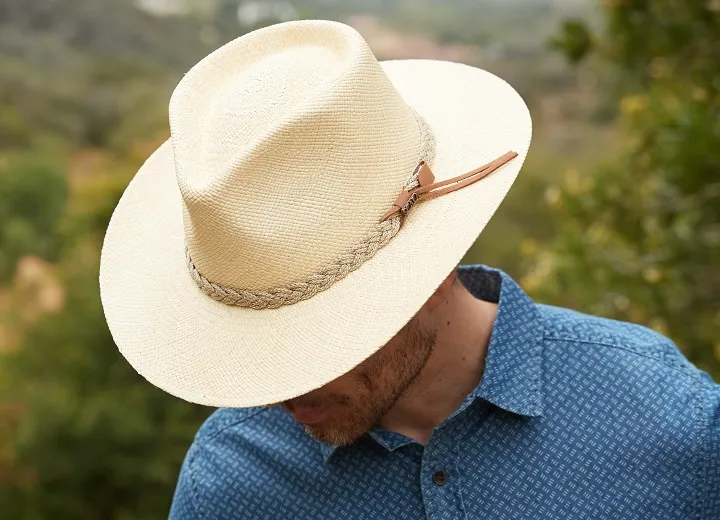
Brim materials are chosen based on the hat’s style—formal, casual, sporty—and functional needs like sun protection, flexibility, or durability.
- Formal Hats: Felt and leather brims dominate due to their elegant appearance and ability to hold refined shapes, suitable for dress hats or fashion statements.
- Casual and Beach Hats: Straw and natural fibers are preferred for breathability and relaxed vibes, perfect for sun protection and summer style.
- Sports and Outdoor Hats: Plastic and foam brims are popular for lightweight, durable performance that resists wear during activity.
- Novelty and Promotional Hats: Foam or fabric-covered plastic brims allow for easy customization and cost-effective production.
- Customization Impact: Brands might blend materials to balance style and function, like a straw brim with a plastic core for stability.
| Hat Style/Function | Preferred Brim Materials | Reason/Benefits |
|---|---|---|
| Formal Hats | Felt, Leather | Elegant appearance, holds refined shapes |
| Casual and Beach Hats | Straw, Natural Fibers | Breathable, relaxed vibe, good sun protection |
| Sports and Outdoor Hats | Plastic, Foam | Lightweight, durable, resists wear during activity |
| Novelty and Promotional Hats | Foam, Fabric-covered Plastic | Easy customization, cost-effective production |
| Customization Blends | Mixed materials (e.g., straw with plastic core) | Balances style and function, enhances stability |
Understanding your target market and hat use cases is essential for selecting the right brim material that enhances both look and practicality.
Kinwin’s customization services provide expert advice and flexible material options tailored to your brand’s unique needs. Get in touch for personalized support.
6. Do Industry Standards and Certifications Impact Hat Brim Material Selection?
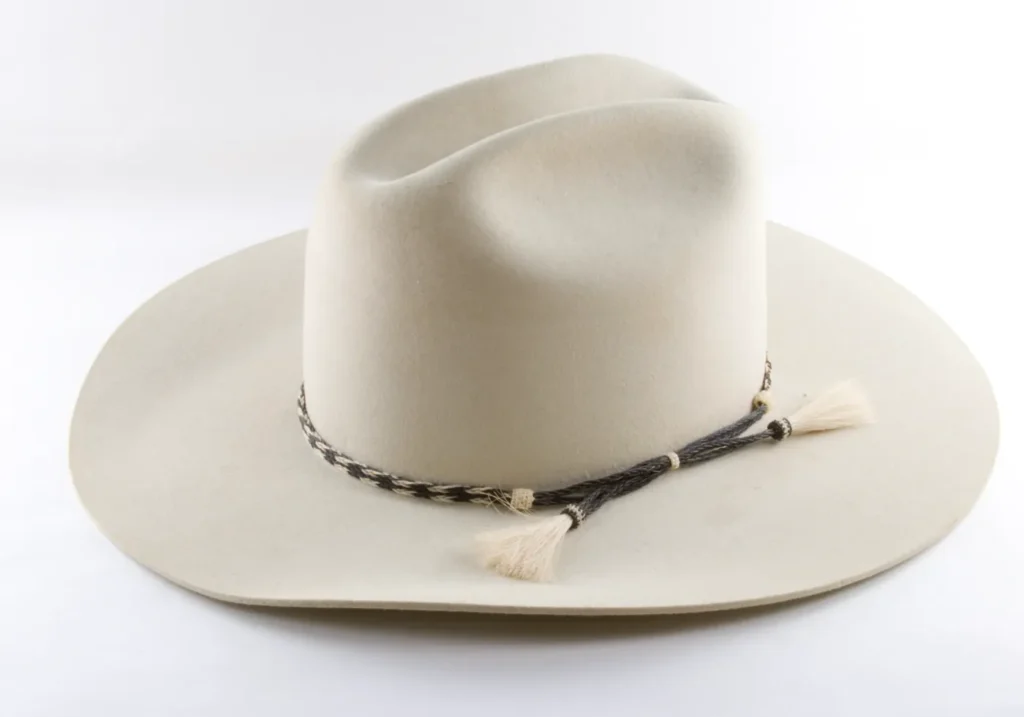
Yes, certifications like OEKO-TEX and bluesign influence material choices by ensuring safety, sustainability, and quality compliance.
- OEKO-TEX Standard 100: Ensures materials are free of harmful substances, crucial for consumer safety and market approval.
- bluesign®: Focuses on sustainable production, chemical management, and environmental impact, guiding manufacturers to eco-friendly materials.
- Global Organic Textile Standard (GOTS): Applicable for organic natural fibers, certifying sustainable farming and processing methods.
- Compliance for Export Markets: Different countries demand varying certifications to sell hats, especially in Europe, North America, and Japan.
- Material Traceability: Certifications improve transparency in supply chains, building trust with customers.
| Certification / Standard | Focus Area | Impact on Hat Brim Material Selection |
|---|---|---|
| OEKO-TEX Standard 100 | Safety; free from harmful substances | Ensures consumer safety; restricts harmful chemicals |
| bluesign® | Sustainable production; chemical management | Guides eco-friendly material use; reduces environmental impact |
| Global Organic Textile Standard (GOTS) | Organic fiber certification; sustainable farming | Certifies organic natural fibers; supports sustainable sourcing |
| Export Market Compliance | Regional certification requirements | Different markets (EU, US, Japan) demand specific certifications |
| Material Traceability | Supply chain transparency | Builds customer trust; verifies material origin and quality |
These certifications often limit material options but elevate brand credibility and appeal.
Kinwin works with certified material suppliers and supports clients through compliance to deliver hats meeting global quality and sustainability standards. Contact us to learn more.
Conclusion
Choosing the right material for hat brims is a nuanced decision balancing durability, comfort, weather resistance, style, sustainability, and compliance. Each material—whether plastic, straw, felt, leather, or foam—offers unique strengths and trade-offs. By understanding these factors, you can select or design hats that perfectly suit your brand and customers’ needs.
Kinwin is here to help you navigate these choices with expertise in materials, production, and custom solutions. Whether you seek eco-friendly options, durable outdoor brims, or elegant formal finishes, our advanced manufacturing capabilities and quality control ensure your hats stand out in style and performance.
Ready to create your next hat collection? Contact Kinwin today for personalized consultation and free samples tailored to your specifications.



